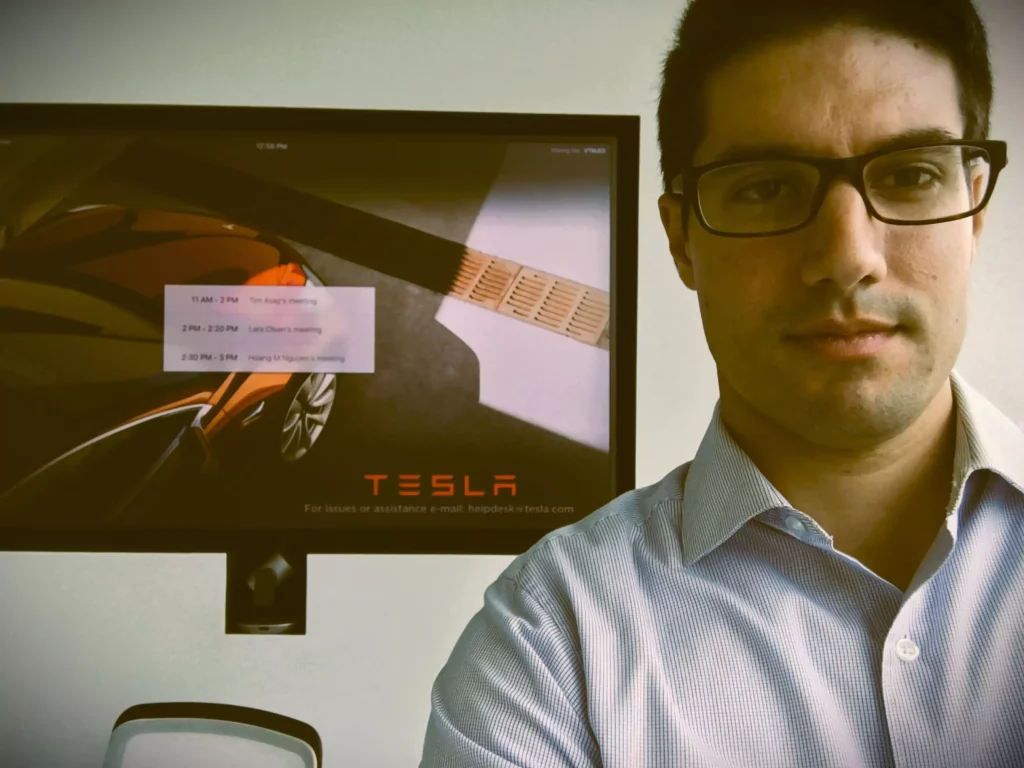In autumn 2018, two things happened. The first was that the U.S. Congress passed the Free Credit Freeze Act, which made placing and removing a credit freeze permanently free. The second was that I moved to San Francisco and started working in credit lending at Tesla in California, after getting an MBA at Cornell Tech in New York City.
Buying a vehicle is a big purchase for almost everyone, and not surprisingly many people choose to finance or lease a new vehicle because of the high purchase price. Part of my job at Tesla included seeing credit applications from customers, and due to the new congressional legislation, many people applied with frozen credit. Historically, credit freezes have been used by identity theft victims, but at Tesla, the people applying were largely not victims of fraud. They were just regular people trying to buy awesome cars.

An active credit freeze will restrict access to your credit file, preventing hard inquiries that immediately hurt your credit score. Perhaps more importantly, they also prevent an identity thief from opening a new account in your name. To freeze your credit fully, you must request a freeze at each of the U.S. credit bureaus: Equifax, Experian, and TransUnion. A lender chooses which bureau to pull your credit file from when you are applying for credit, and some use multiple bureaus.
Unfortunately, for both customers with frozen credit and for employees of Tesla, a car can’t be sold until the credit application is complete. The customers need to unfreeze their credit. The problem is, both thawing (and freezing, for that matter) are extremely tedious and confusing. Each bureau has a different user interface and steps to take, and it’s easy to misplace a username or password that is required. Tesla reps would take phone calls from applications frustrated with the process at the credit bureaus.
So the ability to freeze and unfreeze your credit was terrible for both customers and businesses. It largely still is. But that’s where I got the idea for Snowcap. If consumers and businesses both hate the current process, then there’s obviously a need for something better.
Before I left California in 2019, I started toying around with ways to automatically freeze and unfreeze my own credit. I worked with programmatic phone dialers and web technologies. I read stories in online forums of identity theft victims. Like common burglaries, many identity thieves aren’t strangers or hackers on the other side of the world. They are typically someone who knows you already. The identity thief in many stories are a friend or relative who simply needs money. It became clear to me that automating freezes and thaws could have a powerful effect on the world, and maybe even make it a better place.
I left California to move back to Philadelphia, where I’m from. As I was ramping up in a new job, I put the automated credit freeze and unfreeze idea on hold until I stumbled on an organization called Code for Philly in September 2019. Through an annual month-long hackathon, I developed the first iteration of the website under the name “Snowcapped.” The name came from the idea that snowcaps can melt and return with fresh snow, similar to a credit freeze. Snowcaps are also on top of mountains, which are big, secure things.
At the end of the Code for Philly hackathon were all the team presentations, and I made my pitch for the room. The audience and judges loved the idea, and Snowcapped won 1st prize as the audience favorite. I found new motivation to keep learning and building. Fast forward to June 2020 and it was time to make it official. I simplified the name to “Snowcap” and registered it as a business. I later hired a developer, who made a prototype to automate credit freezes and thaws with Equifax. If you’d like to keep building with me, get it touch!
contact@snowcap.me
support@snowcap.me
feedback@snowcap.me
Nicholas Quigley
Founder, Snowcap.Me
nick@snowcap.me
